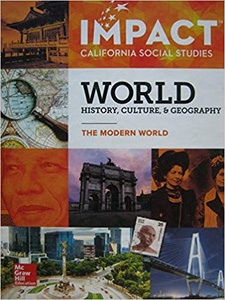Created by
Terms in this set (53)
Gustav III of Sweden starts the war against Catherine the Great of Russia. War mostly took place on Finnish soil, leaving Finns unsatisfied. The autocratic behaviour of Gustav III convinced the Finns that they could be better off under Russian rule. Sweden unable to invade Russia, therefore Russia wins.
Finnish and Swedish nobility upset with Gustav III's autocratic rule, so the Anjala League was created.
Main leaders include the Sprengtporten
brothers, Jakob Magnus and Georg
Magnus. The league consisted of the Covenant of Anjala, which included 113 Finnish and Swedish officers. They didn't want to go to war with Russia again and declared Gustav III to be abdicated. They failed to gain Russian support and 87 of the signatories were sentenced to death however, only J.H. Häteskesko was executed. Considered as the beginning of the Finnish independence movement.
Main leaders include the Sprengtporten
brothers, Jakob Magnus and Georg
Magnus. The league consisted of the Covenant of Anjala, which included 113 Finnish and Swedish officers. They didn't want to go to war with Russia again and declared Gustav III to be abdicated. They failed to gain Russian support and 87 of the signatories were sentenced to death however, only J.H. Häteskesko was executed. Considered as the beginning of the Finnish independence movement.
The Finnish Diet of Four Estates met in Porvoo.
Accomplishments:
1. Finns see Tsar Alexander I as their ruler and they pledge an Oath of Allegiance to him
2. The Tsar recognises Finland's laws, customs and Lutheran religion
3. Finland becomes an autonomous Grand Duchy of the Russian Empire
4. New additions are made to the Finnish
government
Accomplishments:
1. Finns see Tsar Alexander I as their ruler and they pledge an Oath of Allegiance to him
2. The Tsar recognises Finland's laws, customs and Lutheran religion
3. Finland becomes an autonomous Grand Duchy of the Russian Empire
4. New additions are made to the Finnish
government
Sets found in the same folder
Other sets by this creator
Recommended textbook solutions



Social Studies American History: Reconstruction to the Present Guided Reading Workbook
1st Edition•ISBN: 9780544669086HOUGHTON MIFFLIN HARCOURT1,031 solutions

Impact California Social Studies World History, Culture, and Geography The Modern World
ISBN: 9780076755769Jackson J. Spielvogel1,440 solutions
1/3

